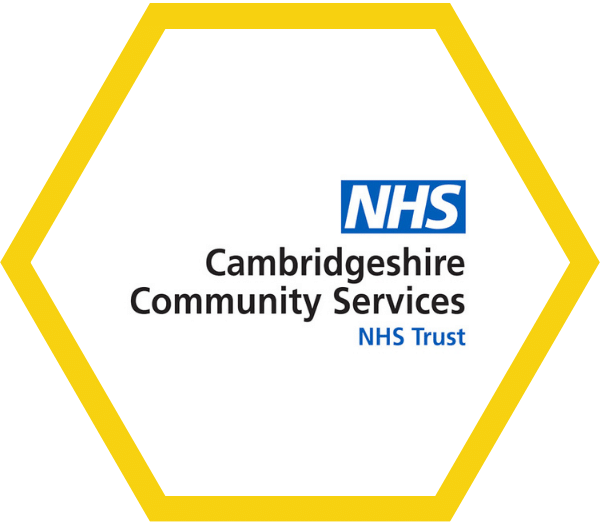Child’s age
Baby and toddler stage
Birth to 2 years
Two months
At around two months you can expect your child to be able to do the following:
Physical
- Whilst laying on tummy, baby turns their head to the side
- Whilst laying on back, baby waves arms, legs and wiggles/squirms
- Briefly holds a toy when you place it in their hand
- Follows an object or person with both eyes
Communication
- Be able to make cooing sounds such as ‘aaah’, ‘gah’, ‘ooo’
- Baby smiles when spoken to
- When you talk to your baby, they make sounds back to you
- Cries when wet, hungry tired or wants to be held
- Eye to eye contact is deliberately maintained
- Turns to voices
Four months
At around four months you can expect your child to be able to do the following:
Physical
- When laying on tummy, baby will hold their head straight up and look around
- When in a sitting position, baby will hold their head steady, without support
- Whilst laying on back, baby will bring hands together over the chest, touching their fingers
- When in a sitting position, baby should start to reach for a toy close by
- When baby has a toy in their hand, they will hold it whilst looking at it, waving it about and attempting to chew it
Communication
- When in front of a mirror, baby should smile or ‘coo’ at themselves
- Baby will be able to chuckle softly and/or laugh
- After you have been out of sight, baby will smile or get excited when they see you
- Baby will make sounds when looking at toys or people
- Baby will be able to make high pitched squeals
Six months
At around six months you can expect your child to be able to do the following:
Physical
- Baby will roll from their back to their tummy
- Baby will be able to sit up with support
- Baby will be able to get into a crawling position
- Be able to grasp a toy using both hands at once
- Reach a small object using their finger and pick it up using their thumb and all fingers
- Be able to pick up a small toy with one hand and pass it to the other
- Plays with feet when laying on back
Communication
- Holds hands up to be lifted
- Makes sounds like ‘Da’, ‘ga’, ‘ka’
- Squeals and laughs
- Likes to look at themselves in a mirror
Nine months
At around nine months you can expect your child to be able to do the following:
Physical
- Sits without support
- Can get into sitting position from lying down
- Will pull to stand and take weight on feet
- May crawl
- Rolls over both ways
Communication
- Copy simple sounds
- Babbles making different sounds e.g. mamma
- Baby will when asked ‘Give it to me’ or ‘Put it back’
- Recognises family members
- Clingy to familiar adults
- Has a favourite toy
Twelve months
At around twelve months you can expect your child to be able to do the following:
Physical
- Sits well and gets into sitting position alone
- Pulls to stand from sitting position and can sit down again
- Walks around furniture
- May crawl or bottom shuffle
- May stand alone
- Help turn the pages of a book
- Throw a small ball
- Be able to pick up a piece of string with first finger and thumb
Communication
- Points at objects
- Responds to own name
- When dressing, will hold out arm or foot to help
- Makes more meaningful sounds e.g. Mamma, Dadda
Eighteen months
At around eighteen months you can expect your child to be able to do the following:
Physical
- Walks well
- Can walk upstairs holding an adults hand
- Can stack blocks on top of each other
- Turn the page of a book
Communication
- Says several single words
- Recognises and points to parts of the body
- Enjoys nursery rhymes and tries to join in
- Obeys simple commands, such as ‘bring me your shoes’
If you’re noticing something or have concerns
This timeline provides general guidance on what to expect. Do not worry if your child is not meeting all milestones for their age range. It is normal for one area to develop quicker than another.
If your child was born early or was unwell as a baby, then you might want to look at a younger age range.
If you worried about your child’s progress against the milestones, use our guide to see how you can help your child.

This guide has been based on the guide developed by Cambridgeshire Community Services NHS Trust.
Learn more at www.cambscommunityservices.nhs.uk

